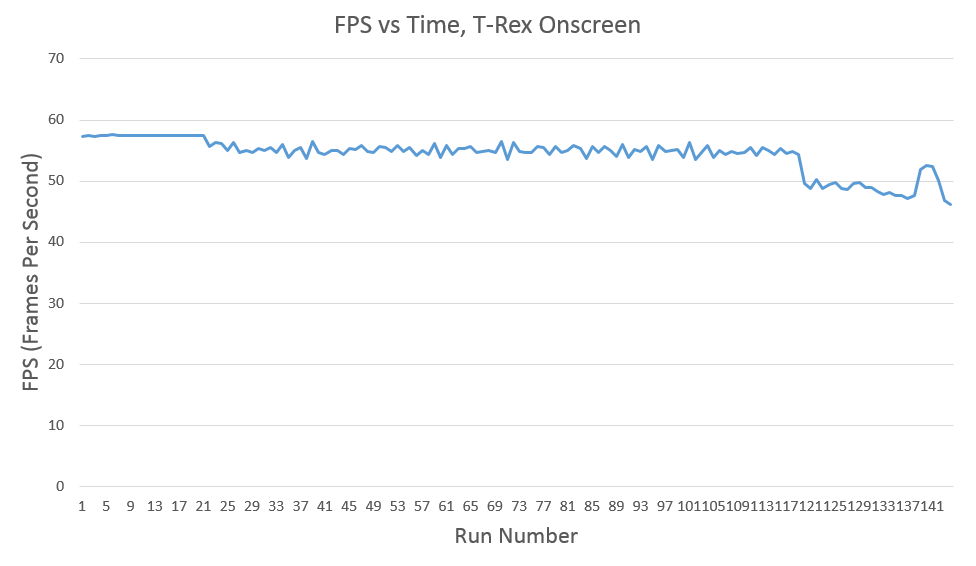The easiest thing for NV would be to give further flexibility to the user via sw for less aggressive frequencies.
It is my understanding that NVIDIA has some flexible settings and different modes in Shield tablet to balance performance vs. power consumption. In the battery saver mode, the battery lifetime should be very competitive with other high end tablets. Hopefully we will find out soon.
As OlegSH alluded to earlier, I would much rather have a very playable 30-60fps for 3 hours of gaming rather than a very unplayable 15-25fps for 5 hours of gaming, but I would also appreciate having the ability to trade off performance for battery life when the extra performance isn't needed.
In the "max performance" mode, I would think that Tegra K1 application processor + mem. consumes ~ 4w with GFXBench 3.0 Manhattan Offscreen test (compared to ~ 2.5w for the A7 application processor + mem.).
On a side note, I am very happy with the thermal dissipation capability of Shield tablet. Anandtech performed more than 115 runs of T-Rex HD Onscreen before there was any significant thermal throttling in Shield tablet.

